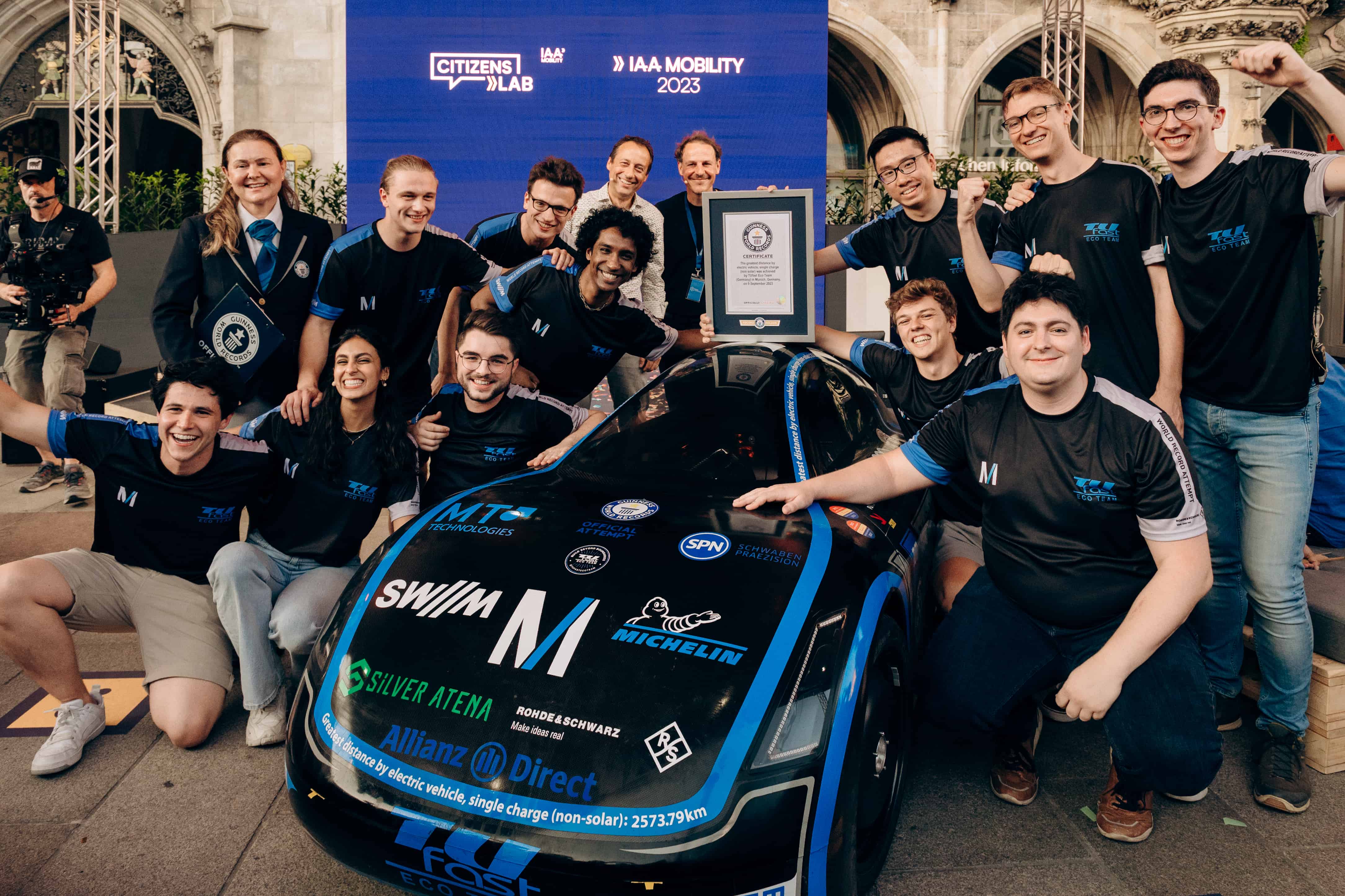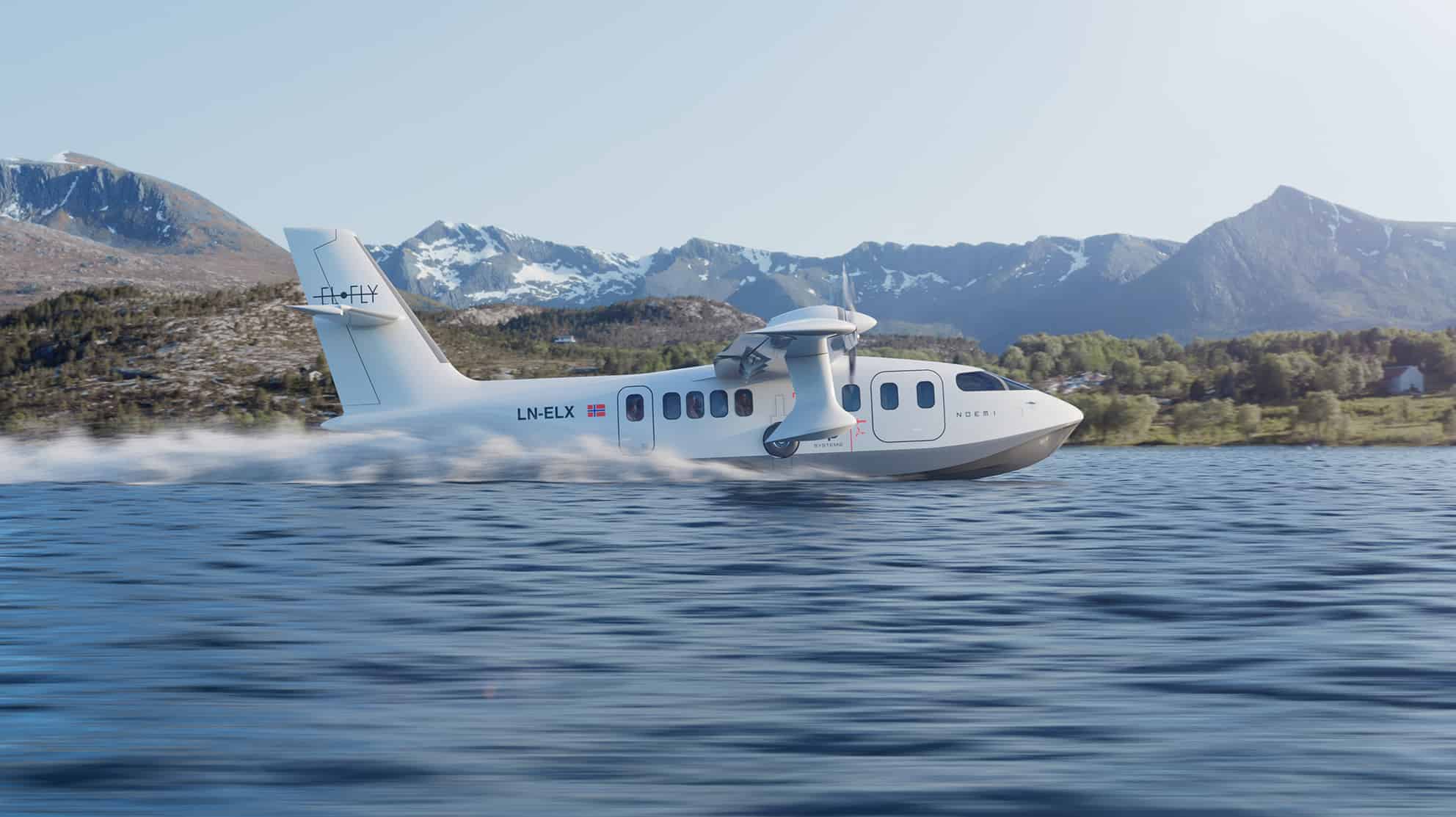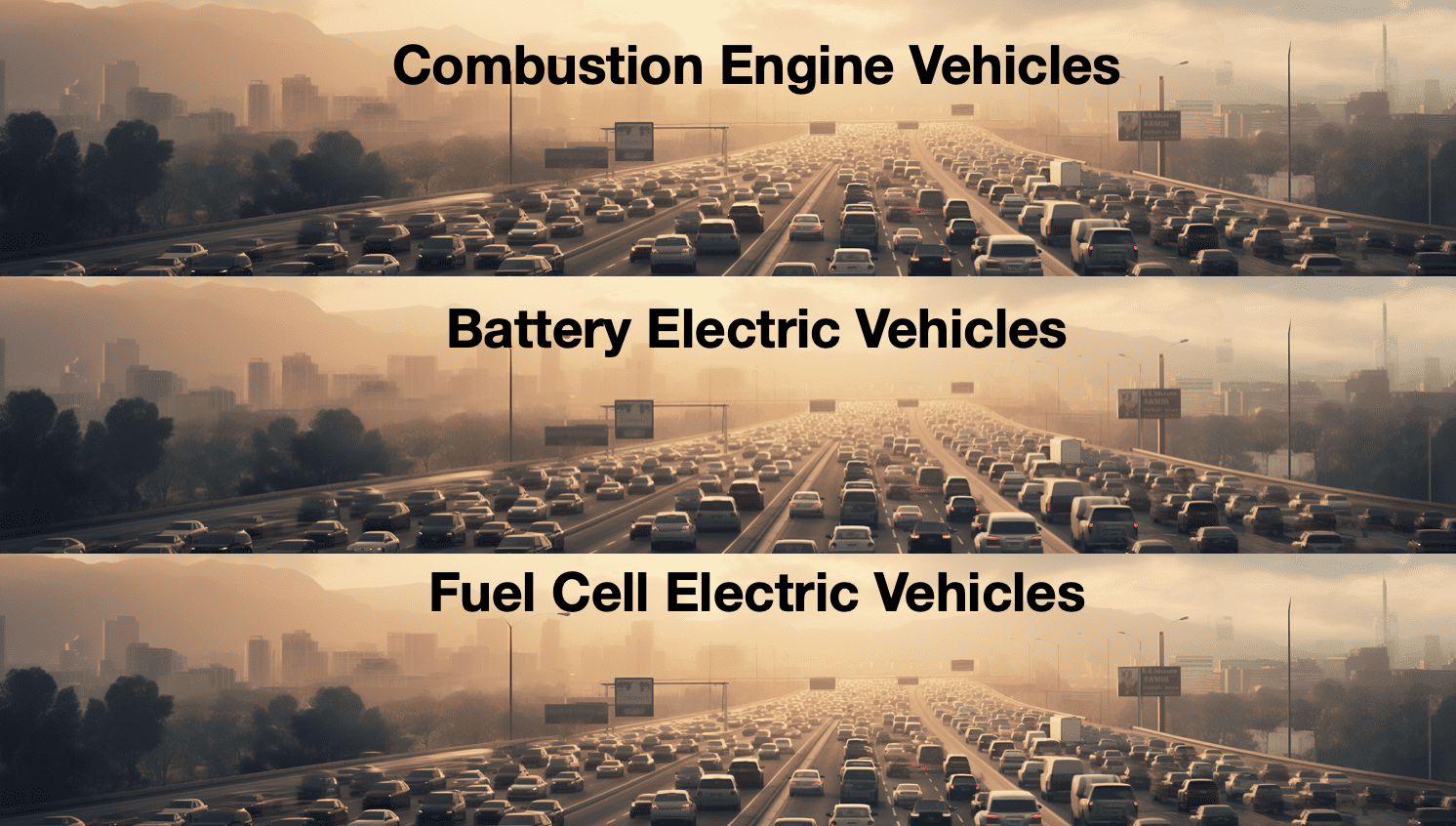
Electric engines increasingly appear as a viable propulsion system for aircraft. Rolls-Royce develops ACCEL, a record-breaking aircraft with electric propulsion. The company is one of the world’s most traditional engine manufacturers and seeks to gain experience with the new technology.
E-aircraft as technology platform
ACCEL is a small, single engine aircraft. ACCEL stands for “Accelerating the Electrification of Flight”. Specialists from Rolls-Royce and several partner companies are working in a hangar at Gloucestershire Airport in southwest England on the single-seater racing aircraft. It is expected to reach 480 km/h or 300 miles per hour. The specially developed electric motor may deliver around 500 hp. “This aircraft is powered by a state-of-the-art electrical system and the most powerful battery ever built for flying,” says Matheu Parr, Rolls-Royce’s project manager for ACCEL. The first flight is planned for next year.
Innovative battery system
Parr’s team has the record flight of the Supermarine S.6B from 1931 in mind. The floatplane flew a world speed record using a Rolls-Royce engine. The engine itself formed the basis for the Rolls-Royce “Merlin”, which saw wide-spread use during and after World War II in military aviation. The S. 6B reached 408 miles or 655,8 kilometres per hour at that time; the record for electric aircraft currently stands at 210 miles per hour.
The biggest challenge lies in the battery system. ACCEL’s system is to bring the aircraft from London to Paris with a single charge. This places special demands on cooling and ventilation. “Especially during take-off, the battery cells become very warm,” says Dr.-Ing. E.h. Ulrich Wenger, Head of Innovation and R&T Strategy at Rolls-Royce Germany. “We have developed a ventilation system to solve this problem.” Those responsible hope they can use the knowledge gained at ACCEL in other projects as well. The record-breaking aircraft serves as a technology demonstrator for new propulsion concepts. These include more powerful electric drives and hybrid drives for aviation, but also for ships and railways.
ACCEL as future technology
One of these concepts is the E-FanX, a joint project of Rolls-Royce, Airbus and Siemens. Technicians are replacing one of the four engines of a British Aerospace BAe 146. In its place, they will install a test engine featuring an electrically-powered fan. The fan sits at the front of a jet engine. The power for this does not come from a gas turbine, but from a 2 megawatt electrical generator. Rolls-Royce supplies the engine to drive the generator, the unit itself, and the power electronics.
Moreover, the company currently tests a hybrid engine on the ground. It is a combination of a Rolls Royce M250 gas turbine and an electrical system. This system consists of electric generators, batteries and the power management and control system. It may form the base for future hybrid aircraft engine. In contrast, the “E-VTOL” vertical take-off aircraft presented last year at the Farnborough Airshow has so far only existed as a concept.







